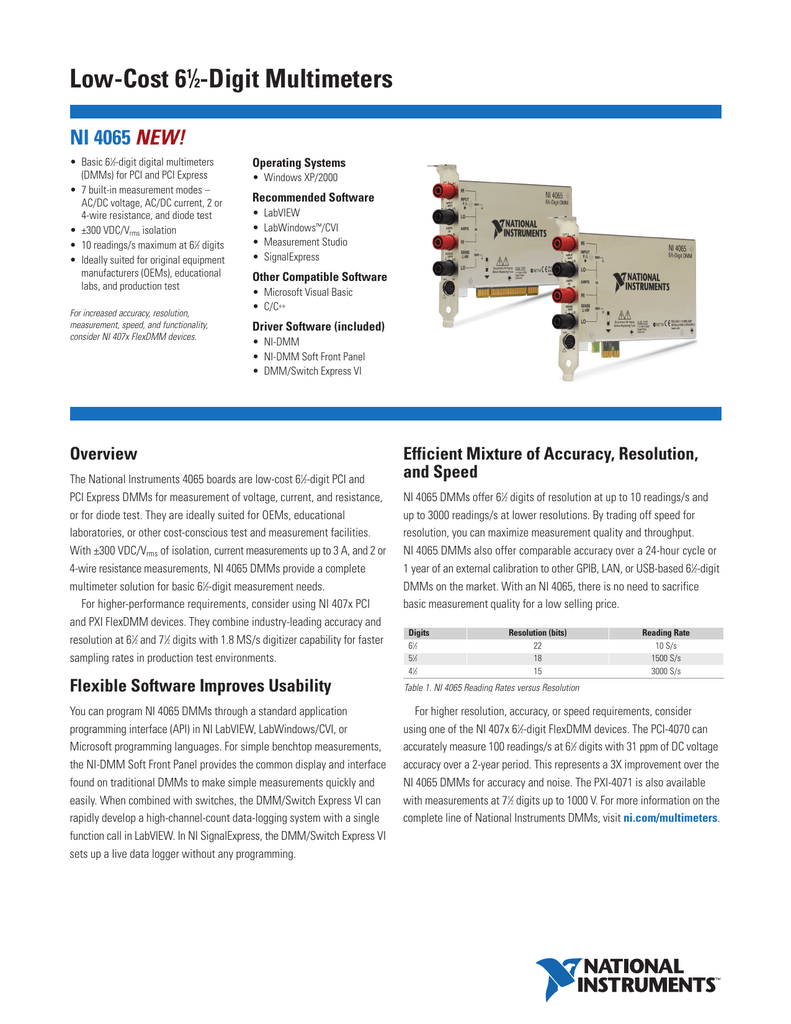
The voltage that a function of the Multimeter than withstand. 24 January 2018 121GW User Manual 13 V & Auto V 600 V DC/AC RMS PTC & MOV Protection mV, Ohm & others 600 V DC/AC RMS PTC & MOV Protection. The following section outlines the specifications for the impedance ranges Range Resolution Accuracy. View and Download Radio Shack 2200813 user manual online. 29-Range Digital Multimeter. 2200813 Multimeter pdf manual download. User’s Guide Features. Measures voltage, current and resistance. Auto-ranging with manual-ranging override. Diode test Care and Service. Keep your meter dry and clean.
The DT830D Digital Multimeter is a basic tool, which anyone with an average intelligence would be capable of using. This is not an auto-ranging meter, and therefore you will have to select the correct ranges for voltage and current measurements.
This is one of those meters where you will need to think first to determine what you are measuring. Are you measuring voltage, or current? Is it AC or DC? In which range do you expect this?
Example
If you wanted to measure the voltage on a 9 V PP3 battery, then you need the voltage setting. Obviously, it is going to be a DC voltage because this is a battery. The 2000 mV setting is too low, because that is for a maximum range of 2 V. Therefore, the next highest setting is 20 V; hence you need to move the selector to that position.

For basic everyday operation, you need to connect the red plug to the socket marked V立mA. This is for measuring voltage, resistance, and current in the mA range. The maximum current you can measure with this setting is 200 mA. The current and voltage can be either AC or DC.
The black plug of your probe connects to the socket marked COM.
According to the manufacturer, this meter is also capable of measuring DC currents up to 10 amperes. For this measurement, you need to use the socket marked 10-A, however please note that there is no fuse protection, and if you pass more current through it, then damage will occur. Remember, that to measure current, you must also have an appropriate series load in the circuit. It is highly dangerous to measure the current without the series load.
Due to the un-fused shunts, and the resistance in the probe wires, I would recommend not using this meter for current measurement, because it is easy to damage it, and then you will need to look for a service manual. However, for the other measurements, it is fine.
The probes and wires are of the same quality, as you would find with other cheap digital meters. If you have a good pair of probe wires, then it might be better to use your own wires in which case you may be able to get better performance.
This Article Continues...
DT830D Digital MultimeterDT830D Circuit Board
DT830D Digital Multimeter Repair and Fuse
DT830D How to Use Instructions
DT830D Box and Packaging
DT830D Design Review
DT830D Manual
DT830D Battery Replacement
Page 5: Ac voltage (v ac), Dc milliamps, Decibel gain (db), 2 internal battery condition, Dc voltage measurement
adjustment screw clockwise or counterclock-
wise until the needle indicator is directly over
the three black zeros at the left end of the scale.
Analog Meter: Reading the Scale
General
The first step in reading the analog scale is to
align the needle with the scale.
Resistance (Ohms - Ω)
Use the top scale for reading the resistance.
If the meter is set to X1k, multiply the
resistance value by 1000Ω.
DC Voltage (V DC)
Use the middle scale. Match the dial setting to
the highest number on the scale.
AC Voltage (V AC)
Use the same numbers and procedures as
used for the DC voltage setting, but use the
scale directly below the numbers.
DC Milliamps
Use the same scale and procedure as used
for the DC voltage setting.
DC
1
2
5
10
20
40
100
200
1K
8
20
}
30
60
90
120
150
60
120
180
240
300
0
5
4
8
7
Decibel Gain (dB)
- see pg. 15
Use the scale marked dB to read decibels for
transistor gain. Use the chart at the right of
the scale for proper conversion.
3.2 Internal Battery Condition
Before making resistance or continuity tests,
check the condition of the internal battery. First
turn the function/range switch to the ohms
Rx1K position. Short the test leads together
and the needle indicator should deflect to the
right side of the scale. Keep the test leads
shorted together while simultaneously turning
the zero ohms adjustment dial until the needle
indicator reads zero at the right side of the
ohms (green) scale. If the needle will not zero,
replace the battery with a new 1.5 volt AA size
non-rechargeable battery (see
Battery
Replacement).
4. DC Voltage Measurement
1) Fully seat the test leads in the correct input
jacks, (-) black lead, (+) red lead.
2) Set the function/range switch to the
appropriate DC voltage range. If the voltage
is unknown, use the highest range. If the
voltage applied falls within the range of a
lower setting, reset the function/range switch
to the appropriate setting for greater accuracy.
3) If the polarity of the circuit to be tested is
known, touch the black test lead to the
neutral side. If the polarity is unknown, touch
the test leads to opposite sides of the circuit.
If the needle indicator deflects to the left of
the scale, reverse the test leads.
Resistance
(Ohms)
Scale
DC Voltage
& Milliamps
Scale
Common Markings
for both the AC & DC
Voltage Scales
AC Voltage Scale
dB Scale for Transistor
Gain Measurement
Pxi-4065 Dmm Voltage Dc Ranges User Manual Download
GMT-312 5-09 manual.qxp 5/21/09 3:04 PM Page 8